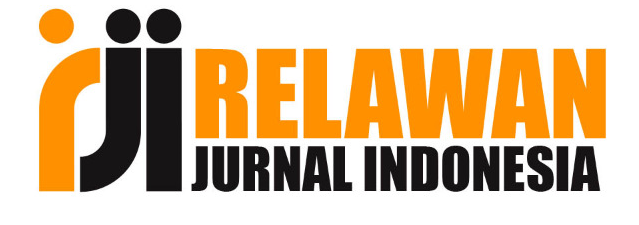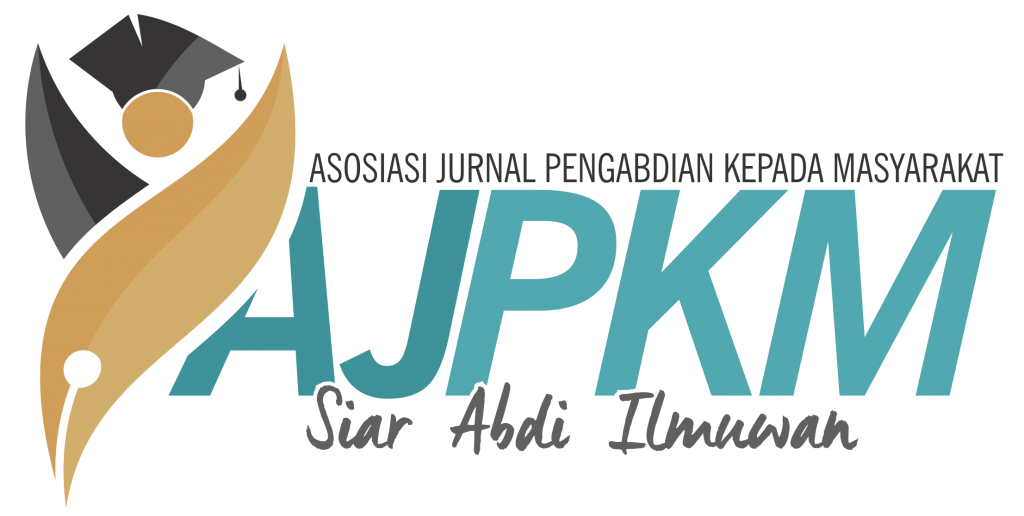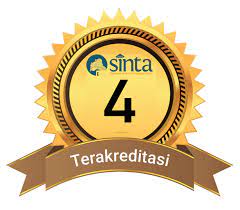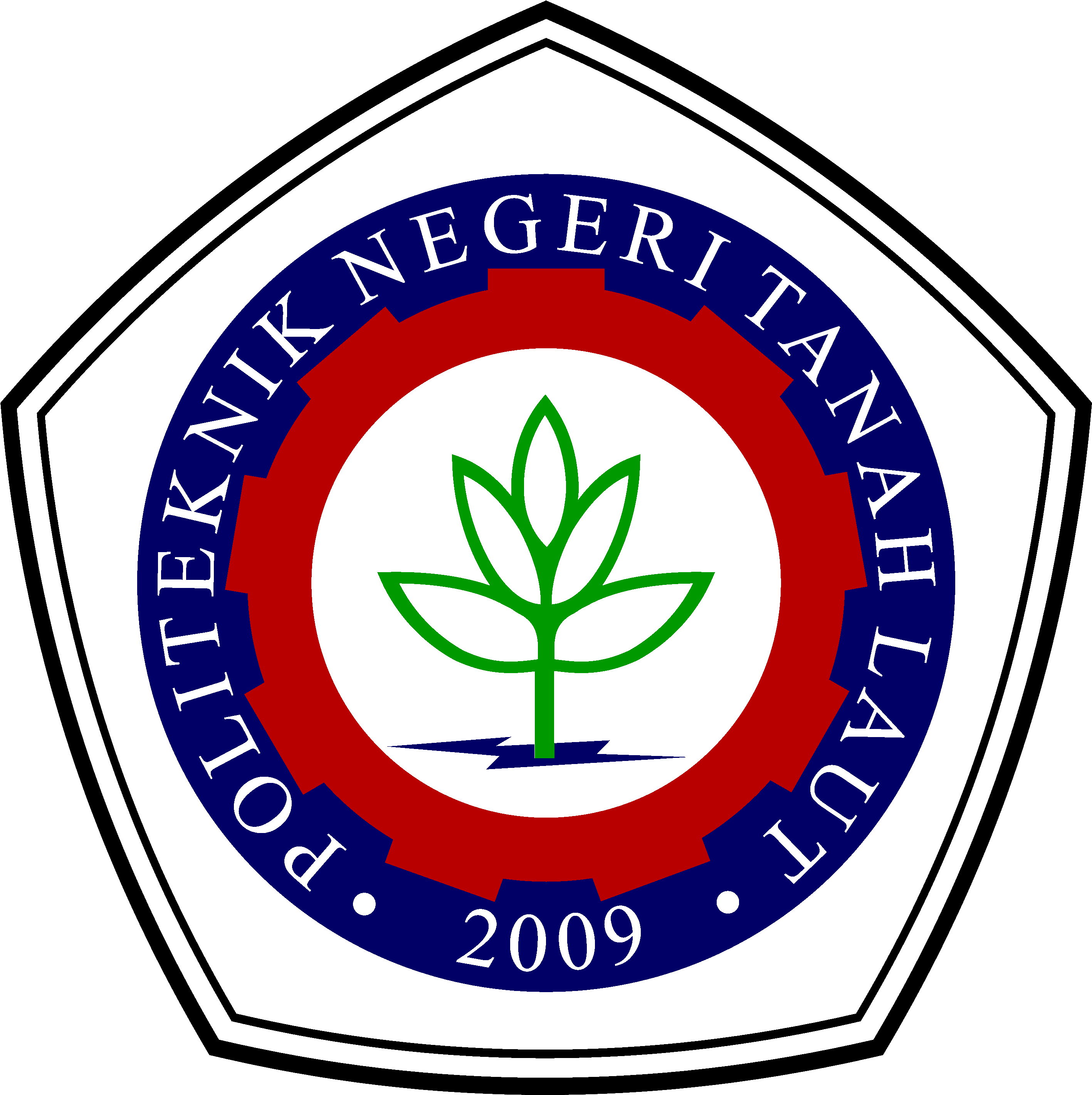Pelatihan dan Pendampingan Monitoring Ketuntasan Motorik Kasar Anak Usia Dini Pada Kelompok Guru Paud Banjarmasin Tengah
DOI:
https://doi.org/10.34128/mediteg.v9i1.195Keywords:
completeness, gross motor, training, mentoringAbstract
This service discusses the importance of children's gross motor skills in early childhood education. Teachers in Central Banjarmasin are actively involved in this service activity within the framework of the KKG. The approach taken through mentoring and training focused on providing an understanding to teachers related to the TGMD-2 test. The results of the community service show that many teachers do not fully understand the concept of children's gross motor completeness. Special training for PAUD teachers is also essential to use this test tool effectively. In addition, Parents also highlighted the role in supporting children's gross motor development. Collaboration between ECD teachers, parents, and academics in monitoring children's development will significantly impact their growth. Collaborative efforts of various parties are needed to create an environment that comprehensively supports children's gross motor development. With these steps, we hope children can grow and develop optimally in all aspects of their lives.
References
Bertule, D., & Vetra, A. (2014). The family needs of parents of preschool children with cerebral palsy: The impact of child’s gross motor and communications functions. Medicina, 50(6), 323–328. https://doi.org/https://doi.org/10.1016/j.medici.2014.11.005
Council, N. R. (2015). Transforming the workforce for children birth through age 8: A unifying foundation.
Dapp, L. C., Gashaj, V., & Roebers, C. M. (2021). Physical activity and motor skills in children: A differentiated approach. Psychology of Sport and Exercise, 54, 101916. https://doi.org/https://doi.org/10.1016/j.psychsport.2021.101916
Gonzalez, S. L., Alvarez, V., & Nelson, E. L. (2019). Do gross and fine motor skills differentially contribute to language outcomes? A systematic review. Frontiers in Psychology, 10, 2670.
Knopik, V. S., Neiderhiser, J. M., de Geus, E., & Boomsma, D. (2016). The importance of the prenatal environment in behavioral genetics: Introduction to special issue. In Behavior genetics (Vol. 46, pp. 281–285). Springer.
Kohl III, H. W., & Cook, H. D. (2013). Educating the student body: Taking physical activity and physical education to school.
Malik, F., & Marwaha, R. (2018). Developmental stages of social emotional development in children.
Palmer, J. (2019). Social and emotional development in early learning settings. National Conference of State Legislature. Https://Www. Ncsl. Org/Research/Human-Services/Social-and-Emotionaldevelopment-in-Early-Learning-Settings. Aspx.
Pedersen, M. R., & Hansen, A. F. (2022). Interventions by Caregivers to Promote Motor Development in Young Children, the Caregivers’ Attitudes and Benefits Hereof: A Scoping Review. In International Journal of Environmental Research and Public Health (Vol. 19, Issue 18). https://doi.org/10.3390/ijerph191811543
Salman, M. S., & Tsai, P. (2016). The role of the pediatric cerebellum in motor functions, cognition, and behavior: a clinical perspective. Neuroimaging Clinics, 26(3), 317–329.
Sutapa, P., Pratama, K. W., Rosly, M. M., Ali, S. K. S., & Karakauki, M. (2021). Improving motor skills in early childhood through goal-oriented play activity. Children, 8(11), 994.
Syahputra, R., Nur, H., Rasyid, W., & Mariati, S. (2019). Implementation of Basic Motion Learning and Use of Test Instrument of Gross Motor Development (TGMD) in Evaluating Basic Motion Skills. Jurnal Humanities Pengabdian Kepada Masyarakat, 1(1), 1–9















